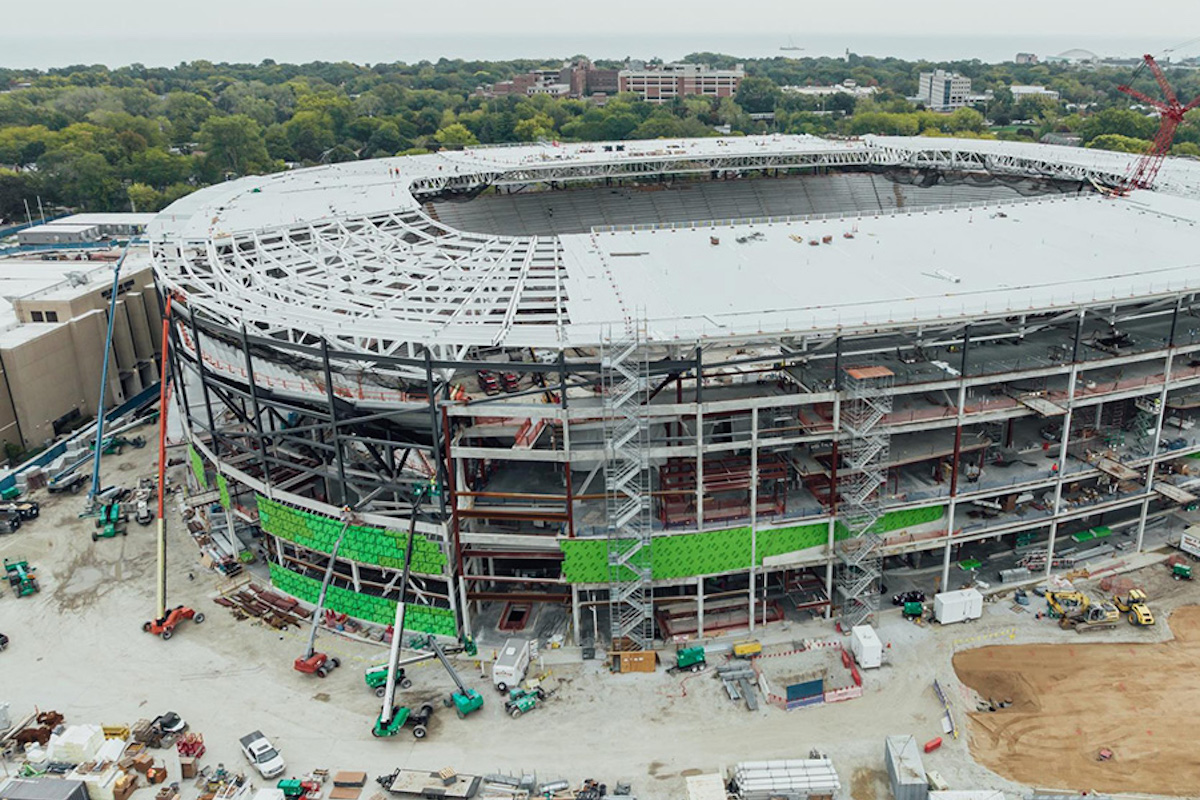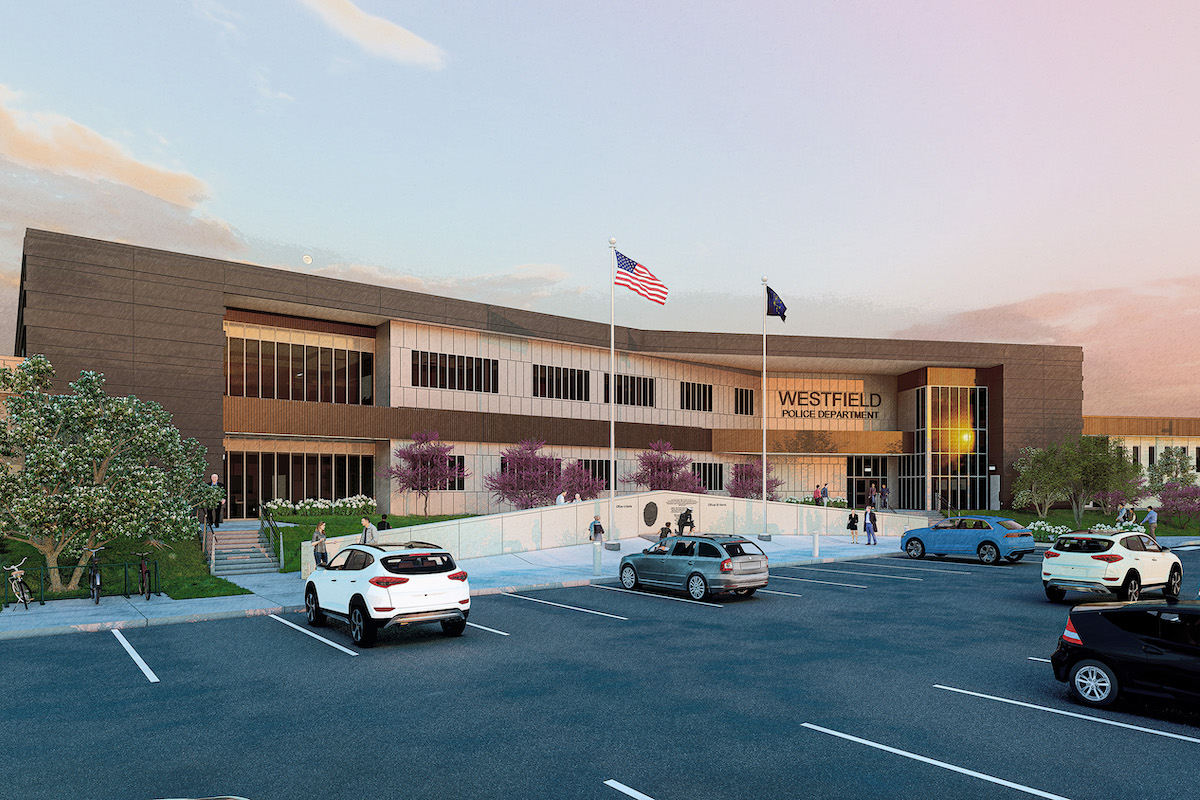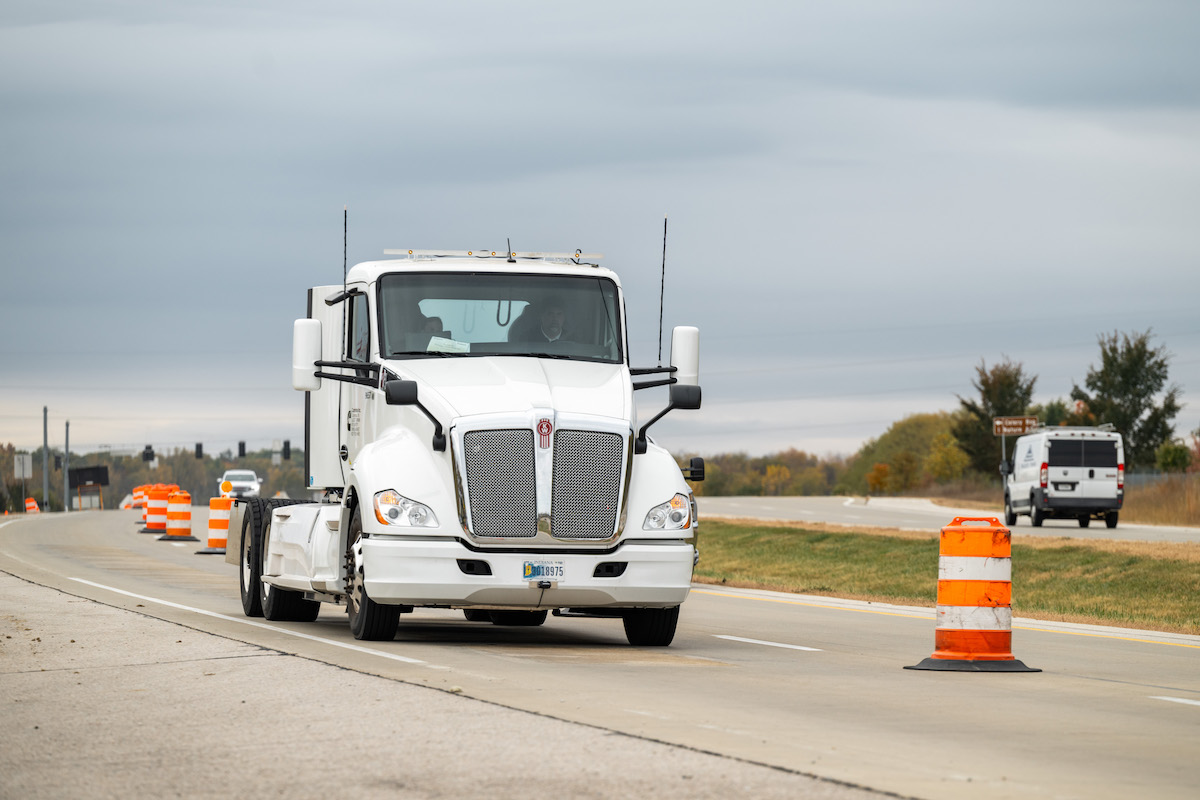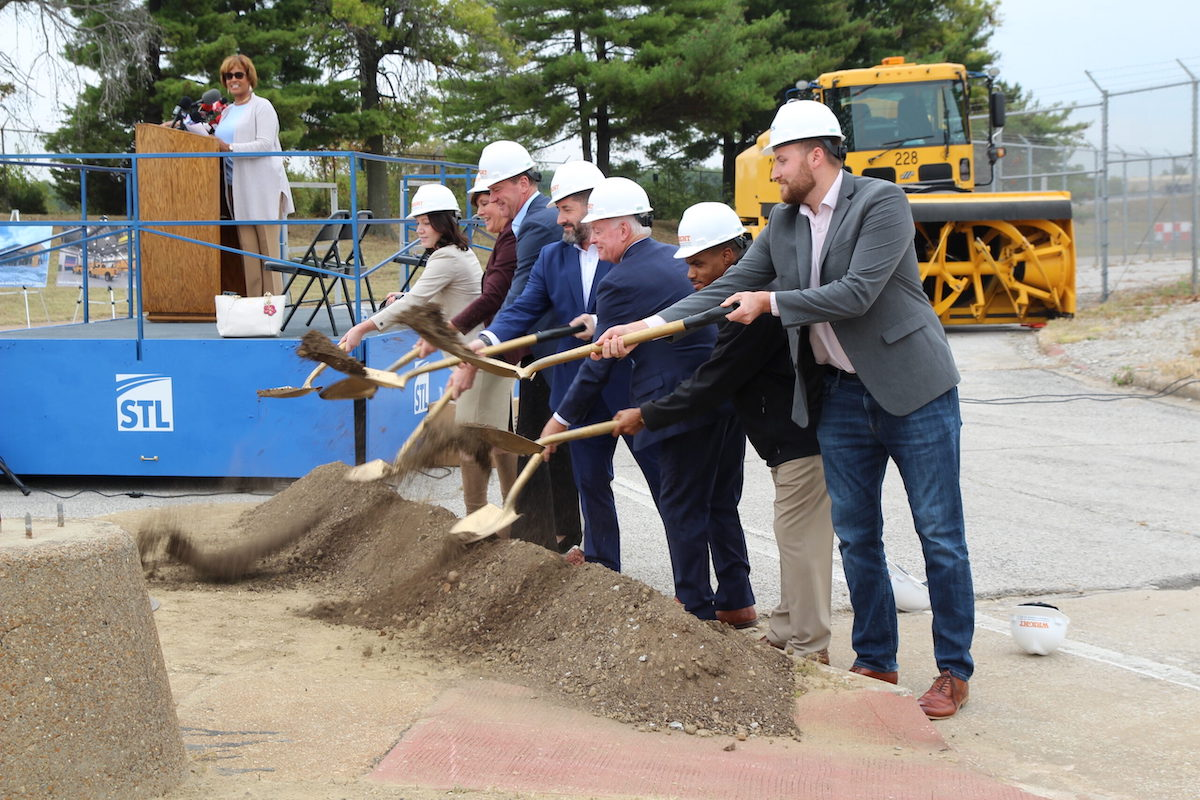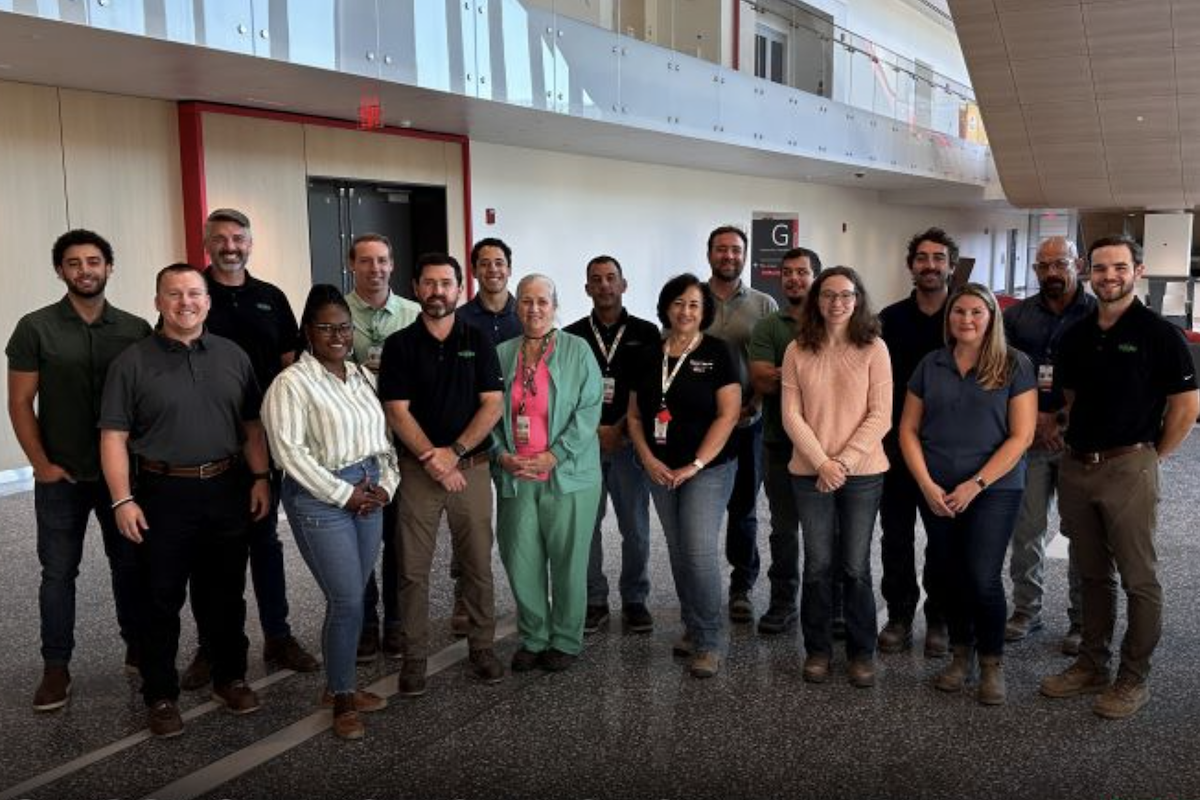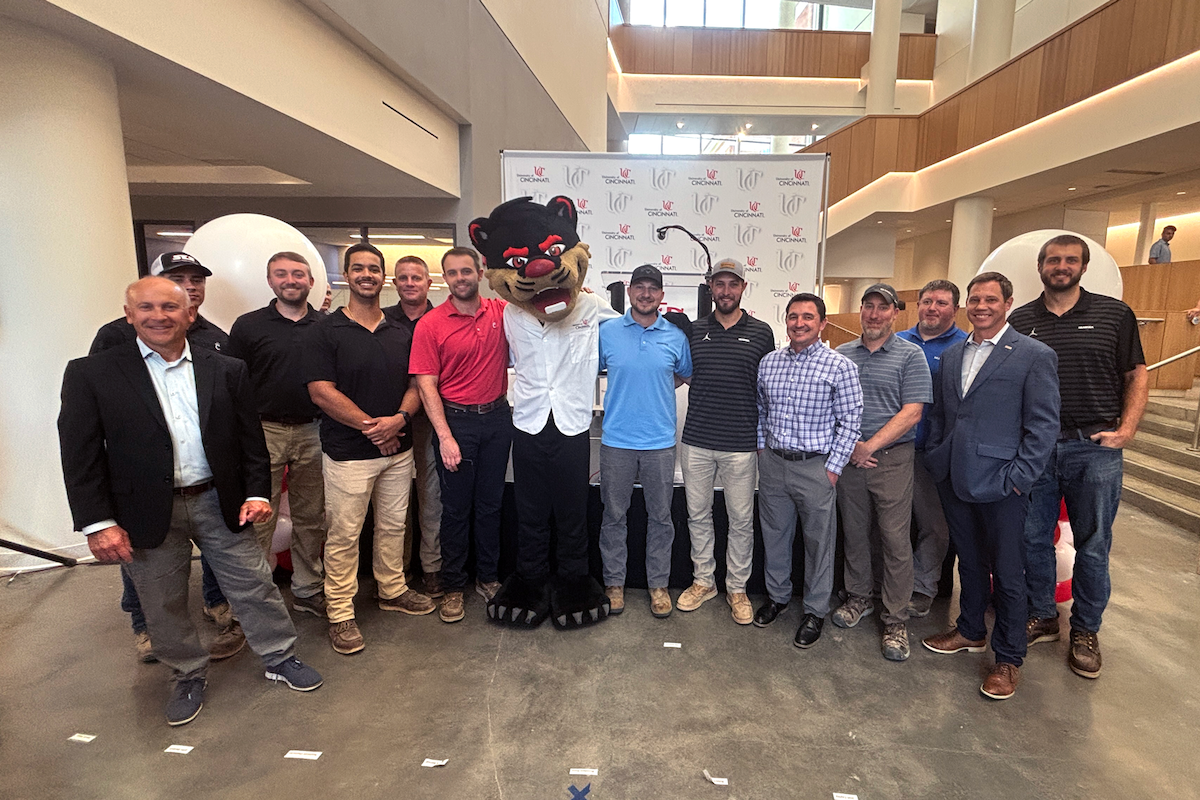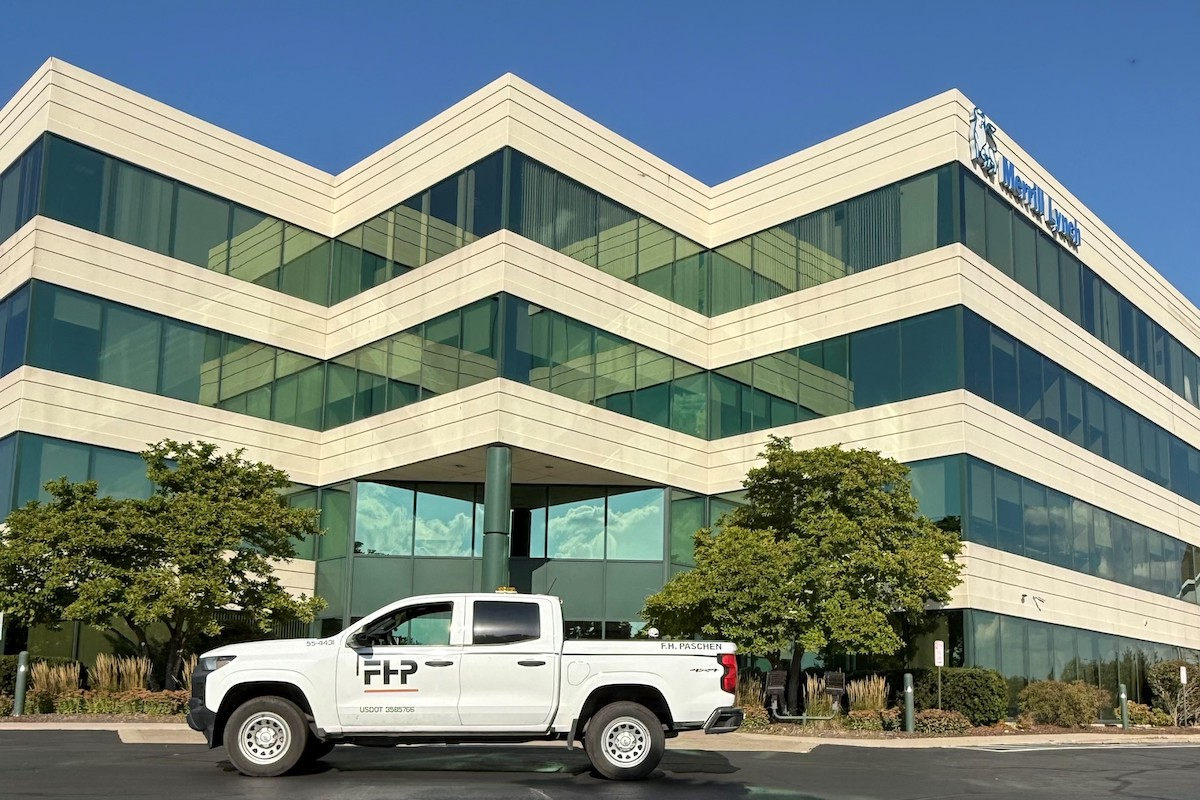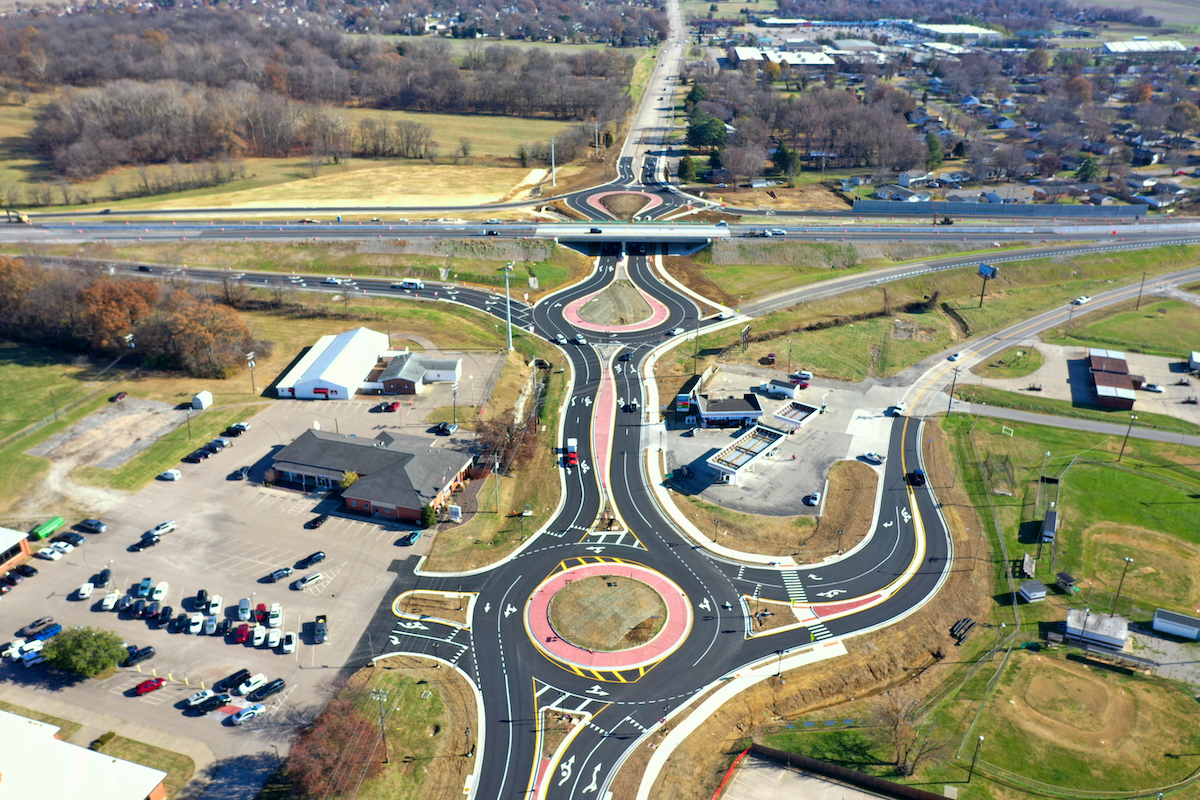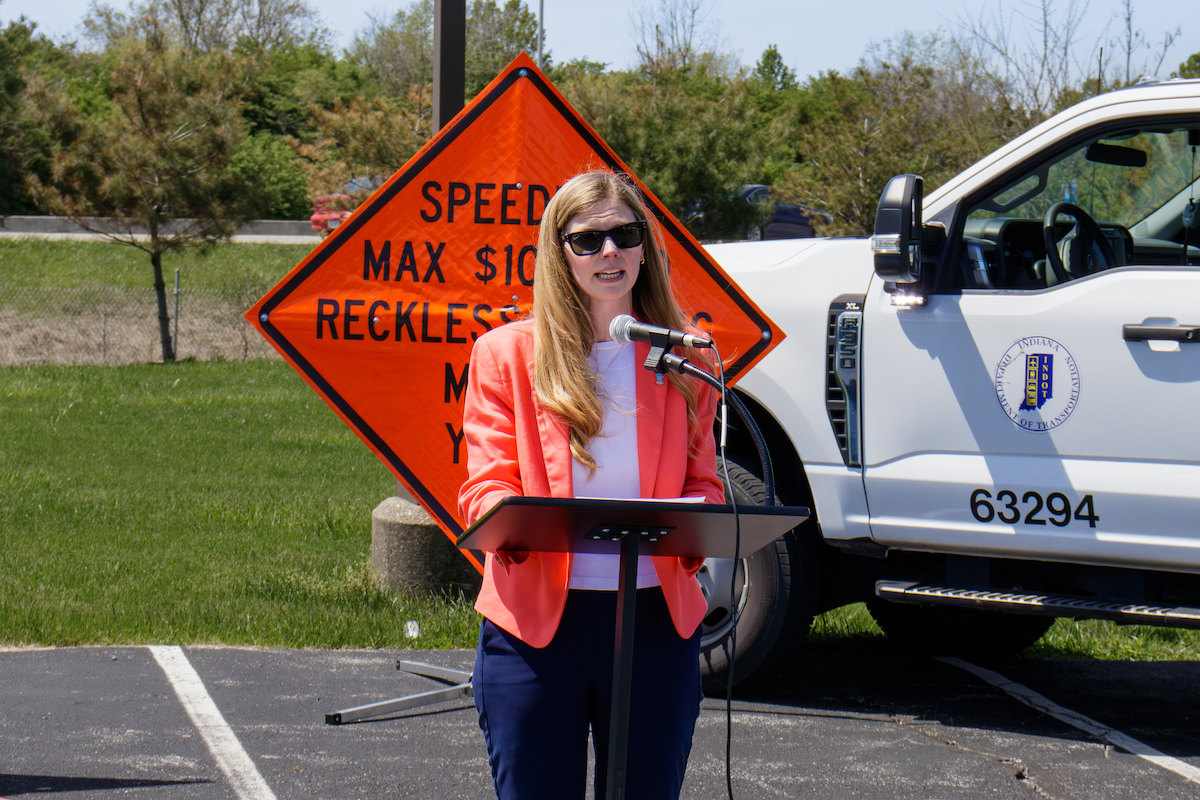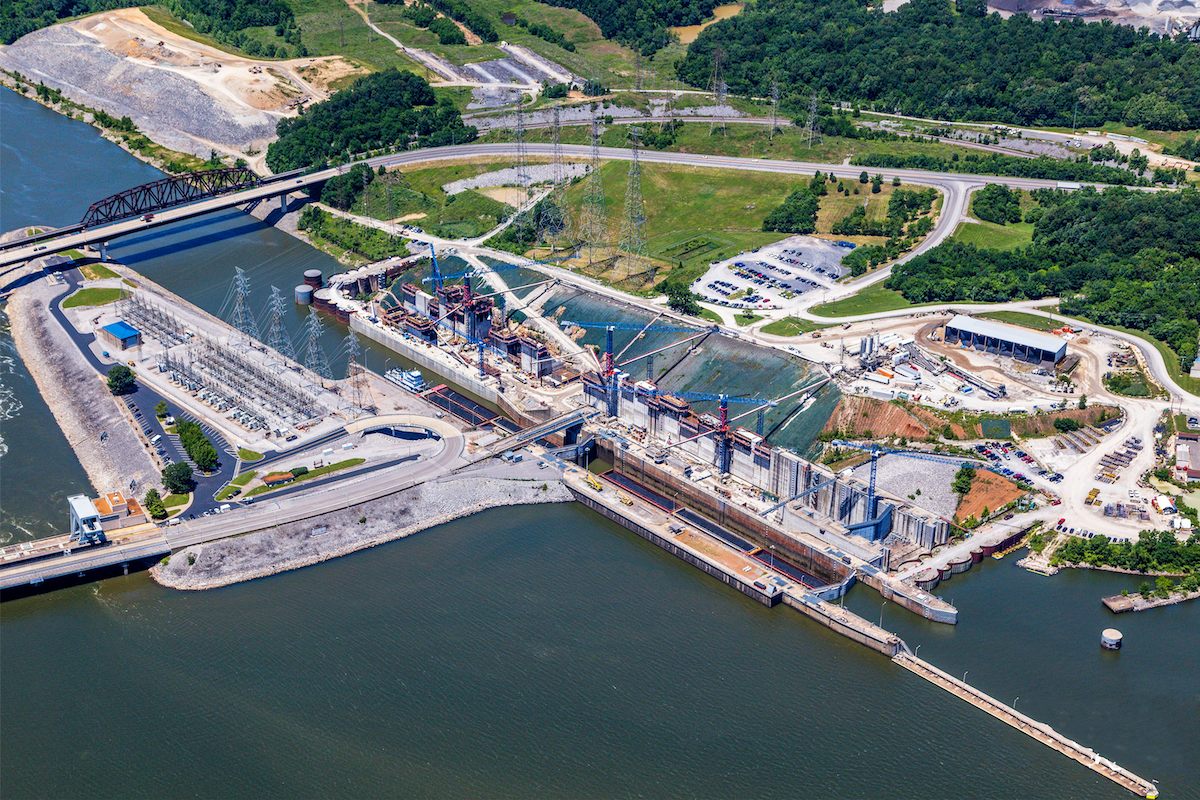The project area is approximately 20 miles, and this stretch is a heavily used segment of I-44. It has an average daily traffic of 15,860 (70 percent cars and 30 percent trucks).
This section of I-44 needed major pavement rehabilitation and reconstruction in some areas. Due to financial constraints, MoDOT has done multiple rehab projects on this section of I-44 rather than engage in a more costly reconstruction project. According to the project page on MoDOT’s website, the “failures required nearly constant, routine repair.”
Accommodating the regular repairs was draining MoDOT of time, resources, and money. The department recently developed a five-year plan that includes a special focus on I-44. The work area was one of the projects prioritized in the 2019 MoDOT High Priority Unfunded Needs.
Other project elements beyond the nearly 25 miles of asphalt resurfacing in both directions include:

| Your local Gomaco dealer |
|---|
| Fabick CAT/MO |
- Eight miles of roadway reconstruction on the eastbound side of the road near Rolla
- Rehabilitation of bridges
- Interchange lighting at Route V
- Grading medians
- Guard cable installation, where needed
- Diamond grinding the new pavement for smoothness
- Striping and rumble strip installation
- Improvements to drainage, runoff, and an extension of box culverts
Capital Paving is quite familiar with the area since MoDOT is their biggest client. Therefore, they know that MoDOT rarely puts out jobs of this size that focus on concrete pavement.
Despite their familiarity with the area, Capital Paving has had to deal with some surprises. The first surprise was the need to strengthen the outside shoulder on the eastbound lanes between Rolla and St. James, Missouri. “The initial design had us push traffic onto the shoulder,” Porter said, “as designers thought it was thicker and could handle truck traffic.”
Prior to switching traffic to a phased construction configuration, the team realized the conditions were untenable, so they poured 7 inches of temporary concrete to strengthen the shoulder. Because this work was not in the plan, it added money and time to the project.
Once traffic was switched and removal of existing concrete commenced, unsuitable soil was discovered under the mainline pavement area and required remediation with Triaxial geogrid reinforcement. Unfortunately, the poor soil conditions existed under the temporary pavement area as well, and after a month or two it began to fail, resulting in these areas needing to be rehabilitated regularly, further hindering progress on the reconstruction area.
The primary challenge that the general contractor faced was project access. The contract called for all four lanes to remain accessible throughout the project. To keep the lanes accessible and work on them at the same time, the team spent the entire first season of construction preparing for a traffic switch.
The team widened the shoulder to 10 feet on the outside lane of the westbound lane and 7 feet on the inside lane so it could accommodate three lanes of traffic (two westbound and one eastbound with barrier and tubular markers separating the head-to-head traffic). However, once they strengthened the shoulder and it could handle traffic, access issues remained.
“We struggled to get materials to the work area,” Porter said. “Sometimes, we had a 2-mile backup of trucks that were bringing materials in.”
Some materials they had to bring in were over 100,000 cubic yards of rock base for pavement subgrade, 62,000 cubic yards of concrete, and 80,000 tons of asphalt. The slow process was due to having no room for a haul road, according to Porter.
The team took a couple of steps to keep work moving at a good pace despite access issues. They did lots of nightwork (when they were allowed to shut a lane down) to help expedite the process. A second step was to be creative with the equipment they used on the project. They used the Wirtgen SP 94i for slipform paving because there was no room for a traditional dowel basket.
According to the Pavement Interactive website, “Slipform paving is defined as a process used to consolidate, form into geometric shape, and surface finish a PCC mass by pulling the forms continuously through and surrounding the plastic concrete mass. ... Slipform paving is most appropriate for larger jobs that require high production rates.”
The Wirtgen machine, which is good for projects of all sizes, offers maneuverability. It can be set up in a variety of configurations to minimize its footprint and fit in tight spaces.
“Capital Paving had a constraint, and they were willing to tackle it in a way that they hadn’t used previously,” said Jim Holland, Vice President of Sales at Wirtgen Concrete. “They were willing to go out of their comfort zone.”
The SP 94i has a dowel bar inserter (DBI), which inserts the dowel bars right behind the mold rather than in front of the paver. This allowed Capital to utilize the subgrade as a haul road to deliver wet batch concrete to be placed directly in front of the paver, eliminating the need for a concrete placing machine and haul road.
Without a DBI, dowel baskets would have been placed miles ahead of the paver, restricting access to the paver and requiring additional placing equipment. Due to there being no space for a haul road in the median and the need to maintain two lanes of traffic in each direction, this was a necessary piece to be able to successfully complete the project.
Minor challenges included ensuring the concrete met quality standards, which was a challenge with the new environmental regulations affecting cement and fly ash production. Plus, at the beginning of the job, there was a hangover from COVID-19 about securing materials. As a result, Capital Paving was concerned about potential delays in getting guardrails and signage. They did most of this work during the first season without issue.
Construction on the project began in April 2022, and it was projected to conclude in the summer of 2024. However, the project is three months behind schedule. Once again, the issues with the shoulder and subgrade are the primary reason.
Despite regular rehab projects, the 1950s-era I-44 was failing throughout the project area. Upon its completion, this project will reinvigorate this section of I-44. It will give travelers across Phelps County and Crawford County a safer and more reliable trip. The growing area will also have better access to other roads, including Route V. The wait for the improved route is nearly over.
- Owner: Missouri Department of Transportation
- General Contractor: Capital Paving & Construction, Jefferson City, Missouri
- Project Designer: HR Green, Inc., Cedar Rapids, Iowa; Project Engineer Jason Dohrmann, PE
- Other Key Contractors: Wirtgen, Antioch, Tennessee



























